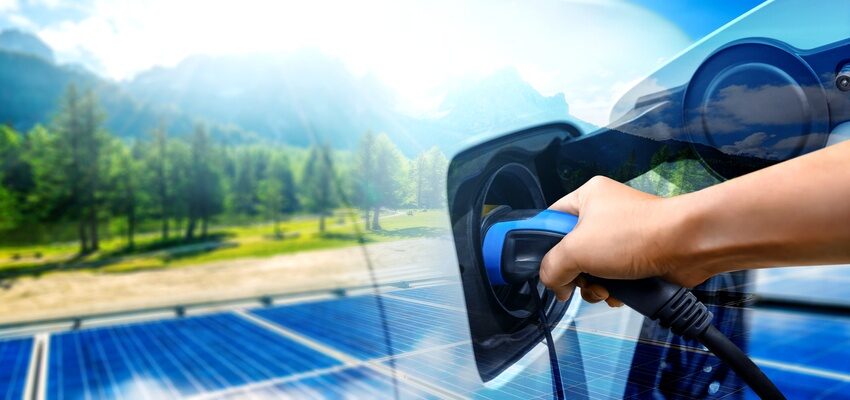EV charging infrastructure as a pillar of ongoing transition to electric mobility
With the clean energy transition in full swing, EV charging infrastructure development is becoming paramount in sparking growing acceptance towards zero-emission vehicles.

Image for illustration purposes
With the clean energy transition in full swing, EV charging infrastructure development is becoming paramount in sparking growing acceptance towards zero-emission vehicles.
The transportation industry has long been one of the main contributors to CO2 emissions worldwide. In the USA alone, the sector accounts for nearly 28 % of carbon emissions, making decarbonization a crucial undertaking in the journey towards cleaner mobility, with electric vehicles (EVs) leading the charge.
The EV revolution has been in the works for a while now and is expected to continue its growth across the globe over the next decade. According to the IEA (International Energy Agency)’s 2021 Global Electric Vehicle Outlook, more than 230 million EVs, equivalent to nearly 12 % of all road transport could be on the streets by 2030.
Despite several favourable conditions, however, EV adoption still faces some substantial challenges, most prominently the inadequacy of dedicated recharging infrastructure. According to a National Renewable Energy Laboratory study, almost 40 Level 2 and 3.4 DCFC charging points are required per 1000 EVs. This has spurred many major organizations into action, particularly in terms of their contributions to the EV charging infrastructure market, which is set to cross $61 B by 2027, according to a Global Market Insights Inc. report.
Despite certain challenges, EV charging points are gradually becoming more prevalent across the globe. Most charging points in existence today are AC chargers, mainly due to their use in home and office settings, which are considered the most common places to recharge EV batteries for most drivers. While they allow for more convenience in EV charging, AC charging points generally require vehicles to be connected for long periods to reach full charge, which can be challenging for EV drivers when they are on the move.
These efforts are being supported by new initiatives and incentives being put into place to promote the use of DC EV charging infrastructure. The Electric Highway Coalition (EHC), for instance, involves a group of electric utility firms working collaboratively to install EV fast-charging points along key interstate highways in the USA. In July 2021, 14 more utilities including DTE Energy, Eversource Energy, Consolidated Edison, and AVANGRID, among others joined the coalition, to contribute to the common goal of accelerating EV adoption.
Since the onset of the EV revolution that began almost a decade ago, there has been a massive rise in awareness and acceptance worldwide towards cleaner and more environment-friendly energy alternatives. Organizations are working hard towards combating air pollution caused due to existing ICE vehicles, by embracing the gradual transition to electric mobility. The establishment of advanced and smarter electric vehicle charging infrastructure is a core part of this transition, by making EV adoption a lucrative prospect for businesses and consumers alike in their journey towards a cleaner future.
Source: Global Market Insights Inc.
#EV charging infrastructure#global market#transition#zero-emission




